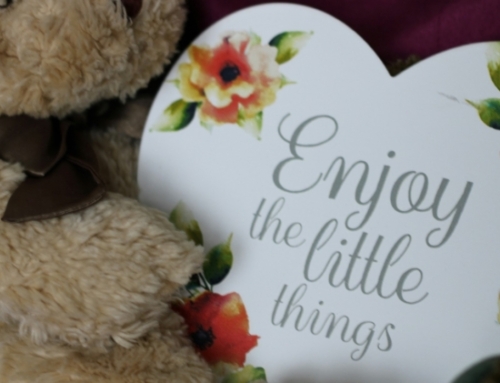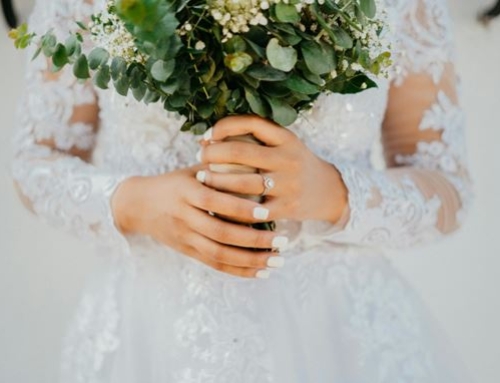We have interviewed several Eastern European brides who live in Australia and the United States. They have kindly shared their observation with us.
-
The differences between the United States and Australia:
Variations in culture are obvious when we think about cultures in countries like Japan or China, where we also see many differences in behavioral customs and etiquette. They are less pronounced in countries where there are many similarities; physical features, language and common heritage are examples of such superficial similarities.
An important aspect of creating successful opportunities abroad is to learn to recognize cultural differences – even when they are rare on the surface. As this article demonstrates with the example of Australia and the United States, even countries that share many economic, political and cultural alliances can be exceedingly different upon deeper investigation.
Outwardly, Australian culture and American culture appear quite similar. Both are mostly of Caucasian/Anglo-Saxon ancestry and share English heritage and language. They are relatively young cultures that grew through immigration during their early years, and follow well known and understood legal traditions and governance systems.
Both Australia and the United States were started as British colonies; the United States for its economic/trade value and Australia as a prison colony. Settlers of the two nations eventually conquered rough and unfriendly terrain by overpowering the indigenous and working the land for mining and farming.
Over time, the United States and Australia have maintained an excellent political relationship, with Australia backing every US military intervention, including the most recent in Iraq and its continued presence in Afghanistan. In 2011, both nations celebrated the 60th anniversary of the ANZUS treaty, the formal statement of each country’s military commitment to one another.
However, outside of these external factors, the cultural differences between the two countries, especially in a business or political context, is disarming. While both are relatively young countries, the political and religious philosophies that each nation’s early settlers had were quite different.
-
Eastern European ladies’ take on the truth about individuality in the American culture:
The earliest immigrants to the United States were most famously the Pilgrims, who were looking to escape religious persecution in Europe. The Pilgrims had a strong religious tradition, which emphasized hard work and individual salvation. On the other hand, early Australia was settled by convicts who were considered criminals by the law and by church. Thus, from its earliest days, community was emphasized in Australia as an alternative to the religious structures that controlled law and order in England and in the US.
Consequently, US culture is very individualistic, with emphasis on free will and the self-made man achieving economic success through the American dream. Australia, with its community-oriented heritage is a culture that emphasizes common good, or the popular expression “fair go for all.”
Cultural differences about the role of the individual and authority affect leadership structures in the workplace. Australian culture places much emphasis on egalitarianism, while the United States places more emphasis on authoritative and strong leadership styles.
For example, the Australian Prime Minister will ride in the front seat with her car driver, and will insist on being addressed by her first name. The United States President, on the other hand, will always ride in the back of a car, must always be addressed as “Mr. President,” and is formally referred to the “Commander in Chief”.
These fundamentally different attitudes to leadership place American leadership styles in direct contrast with the Australian leadership style. In Australia, the leader must win the respect of his or her followers through good character, rather than by position. In the United States, leaders are expected to take control through more active leadership and can use their power to gain followers.
Although there is a trend toward flat business organizations in American business schools, most U.S. businesses still have a clear structure. Employment law gives employees some basic civil rights protections, but employees generally work at will, meaning that they often don’t have much control over their workplace. Consequently, work is often considered “serious” in the United States, and paired with an individualistic culture, Americans work hard to rise through the structured ranks. Australian organizations, on the other hand, prefer flexibility in the workplace. Work is a part of life, but certainly does not dominate life the way it does in the United States.
Fortunately for Australia, the government in the early 1990s implemented a mandated retirement savings policy, which has made the country a focus for hedge fund managers all over the world. Now valued at over AU $1.1 trillion (US $1.17 trillion), the pool of investment funds is the fourth largest, despite the fact that the country’s population sits at around one-third of France. Australia’s pension fund market is projected to reach US $1.9 trillion by 2015, making it the largest in Asia. Comparatively, Japan’s market is projected to reach US $897 billion by 2015, Singapore’s US $124 billion and Hong Kong’s US $112 billion.
With Australia’s ascent to a serious player in the world economy, the cultural differences described in this article are going to become increasingly important. The Australian culture’s strong emphasis on relationship building and character will continue to cause problems to those American investors who don’t seek to fully understand the culture. This will take time because Australians appear to be so familiar, that Americans expect the same social and business relationships and organizational leadership structures as Americans.
-
Eastern European women’s take on stereotypes:
Stereotypes are generalizations about a group of people which we use to give a set of characteristics to the group. These classifications can be positive or negative, such as when various nationalities are stereotyped as friendly or unfriendly.
The purpose of stereotypes is to help us know how to interact with others. Each classification has connections and language that we use to interpret what they are saying, decide if they are good or bad, and choose how to respond to them (or not).
It is easier to create stereotypes when there is a clear and consistent characteristic that can easily be recognized. This is why people of different skin color, police and women are so easily stereotyped.
We often accept stereotypes from other people. This helps us agree on how to understand and act towards various groups of people in a consistent way.
People from stereotyped groups can find this very disturbing as they experience a feeling of being treated unfairly.
-
Eastern European brides’ views on being married to western men:
According to Eastern European brides that we have interviewed, western men generally value education very much.
“My husband says if he has money, he would spend money on his education. If he doesn’t have money, he can still find a way to learn for free,” says Anna, a Ukrainian lady who is married to an Australian man, “He understands the importance of education because knowledge is power. Every successful guy that I am aware of values education and learning. This is not really about going to the best university in the world; usually, it’s just about learning practical hands-on skills in life.”
“I’m a very lucky woman because I am married to an artistic man,” says Maria, a Russian lady who is married to an American man, “He loves concerts, art galleries and book clubs. He doesn’t follow what is trending or what is in.”
“Travel sophistication is a key trait of many happy couples.”







[…] addition, a high-value woman wants to make you very happy, so she listens to what you said and responds accordingly. She looks for specific clues because she […]